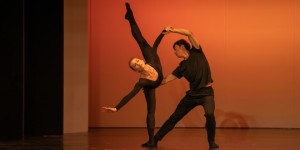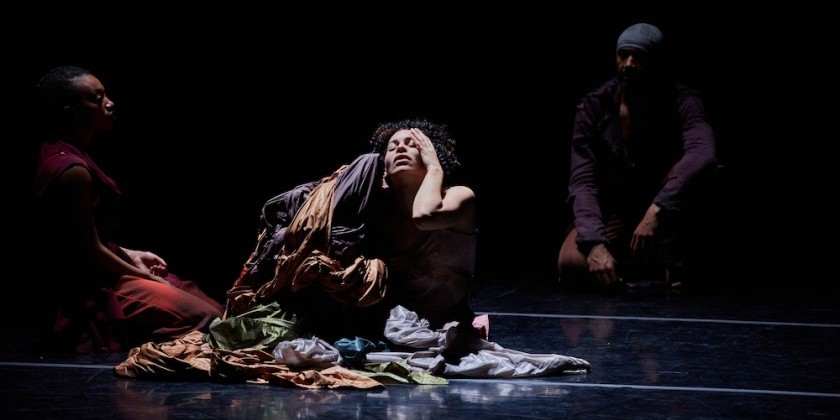IMPRESSIONS: Malpaso Dance Company of Cuba at The Joyce Theater

Works by Mats Ek, Robyn Mineko Williams, Aszure Barton, and Daileidys Carranza
October 4th, 2022
The Malpaso Dance Company of Cuba prides itself on presenting contemporary works by leading international choreographers. Their return to the Joyce Theater this season was no exception. The program featured a lineup of diverse pieces choreographed by the Swedish, Mats Ek; the American, Princess Grace USA-Award winner, Robyn Mineko Williams; and the Canadian, Aszure Barton.

In addition to commissioning international artists, Malpaso provides a platform for Cuban choreographers, starting with its artistic director/dancer, Osnel Delgado. Most recently Malposo introduced a work by its co-founder/dancer, Daileidys Carrazana . Carranza's Lullaby for Insomnia, a lovely solo danced by the lithe, virtuoso Heriberto Meneses, opened the evening. The dancer was accompanied by Grammy-award-winning pianist/composer, Arturo O’Farrill.

Ek's woman with water, followed. This piece featured Delgado, a mysterious man in black, and the passionate, Dunia Acosta, dressed in bright orange. Beginning alone on stage, Acosta wrestles with a green table. Fascinated and tormented by the table, she hangs onto it from behind. As she presses her flexed feet forward from underneath it, her body appears to be cut in two, as if severed by a magician. Delgado then enters pushing the table across the stage with Acosta trapped underneath. As she rolls swiftly along with his motion, it seems as if the stage is abruptly tilting on an incline.

Delgado introduces the titular element of water, pouring it into a glass for his partner. After a few movement interactions between the two—all powerfully danced— Acosta glugs the remaining contents of her water glass and passes out. As stage lights come up, Delgado re-enters with a push broom to sweep Acosta off the stage: one last ironic twist to conclude this dance.

Williams' Elemental, a piece performed by the entire, highly-technical company, is filled with clever body manipulations. Poking incites exciting shifts and turns. Overlapping duets, dynamic play, and textural changes reveal varied relationships at odds with one another. We see a flowing, smooth pas de deux revealing sweet sensuality, placed opposite rougher -edged, harsh interactions that make us wary for the future for our couples.

Concluding the evening was Barton's Stillness in Bloom, another dance for the full company.
As with much of the work made in the past two years, Stillness in Bloom is influenced by the isolating experiences of the pandemic: yet, it doesn’t attempt to relay these obviously.

Barton's striking spatial patterns guide the audience's perspective. The ebb and flow of movement relies on the repetition and variation of a central motif: dancers sinking in plié, gently shuffling backwards, then changing position. When the dancers move in a vertical line stage left, we notice the depth of the stage space. Shortly thereafter, when the dancers spread out into two parallel horizontal lines, our attention goes to the center of stage, which lies empty.

Supported by jazz trumpeter Ambrose Akinmusire's at once tender, dynamic, and hypnotizing score, Barton’s work creates an experience. Steering away from overt expression and use of gestural symbols, she allows the audience to wade along the rising and falling tide created by her geographical designs. We are left pondering not just what it is we saw, but what we felt.













